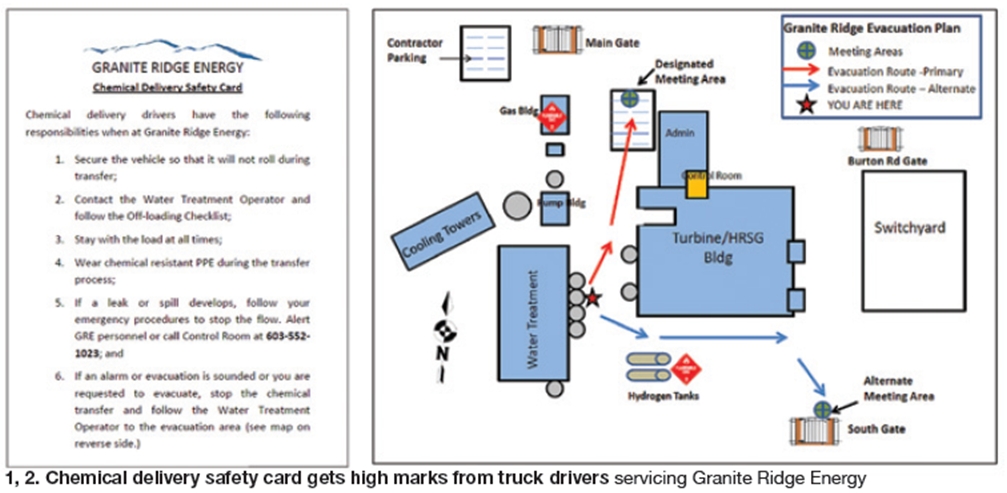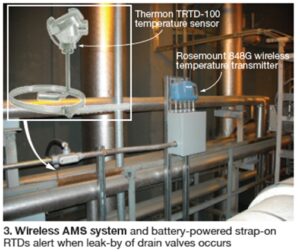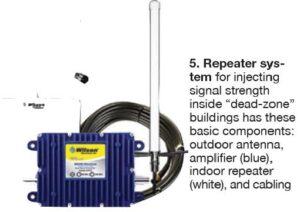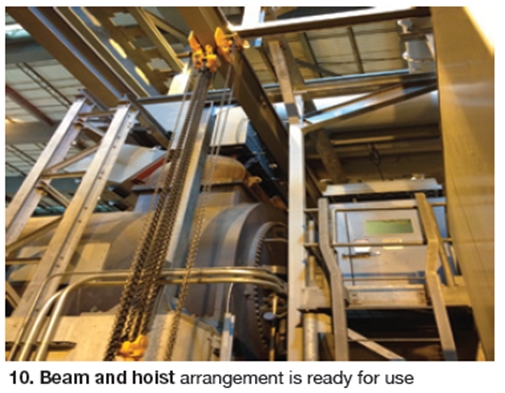Challenge. Contractors that work at Granite Ridge Energy (GRE) attend a comprehensive safety orientation program to familiarize them with plant safe operating procedures, emergency response, and evacuation. Chemical delivery drivers, however, do not receive any formal safety training because they are escorted by plant personnel and monitored during the off-loading process. If the plant escort had to leave because of a plant emergency, or became incapacitated, chemical delivery drivers may not know whom to call or how to evacuate the facility.
Granite Ridge EnergyOwned by Granite Ridge Energy LLC Operated by NAES Corp 730-MW, gas-fired, two-unit, 1 x 1 combined cycle located in Londonderry, NH Plant manager: William Vogel |
Solution. Plant personnel developed a site-specific safety checklist and information card for chemical delivery drivers in order to familiarize them with the facility’s rigorous safety requirements and proper protocol in case of an emergency. The chemical delivery safety card was designed to give drivers easy and safe operating procedures including the phone number of the control room and an evacuation map which is printed on the back of the card (Figs 1 and 2). The cards are printed in color on durable card stock and are issued to drivers for every delivery as part of the chemical delivery checklist.
Results. Chemical drivers keep the cards on the dashboard of their trucks or with the delivery paperwork. They have commented that it is helpful to have site-specific safe operating procedures so close at hand in a clear, concise manner. The safety card also gives GRE personnel peace of mind that all drivers, regardless of their experience, have the information they need to follow basic safe operating procedures, respond to an emergency, and evacuate the facility without relying on site personnel.
Project participant:
Susan Prior, EHS manager
Wireless monitoring of HRSG drain valves pinpoints energy waste
Challenge. Determining and then chasing-down leak-by on manual drain valves or failing steam traps can be difficult—especially with common drain headers which handle multipurpose functionality. Typically, these areas do not have any instrumentation for monitoring leaks; plus, they are insulated, which makes using hand-held temperature guns difficult at best. Installing instrumentation and then updating the facility’s distributed control system is expensive and generally difficult to justify economically.
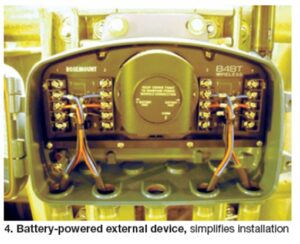
Results. GRE already has realized successful identification and affected change of leak-by from unseated valves.Solution. GRE used its existing wireless ancillary monitoring system (AMS), installed to monitor the heath of critical-service automated valves, and battery-powered strap-on RTDs, placed strategically on high-volume drain headers to track temperature step changes over time, to provide rapid identification of leak-by issues (Fig 3). The cost of installation was mitigated by using the plant’s PI system for tracking versus the DCS, and battery-powered technology versus hardwiring of the RTDs (Fig 4). The batteries are expected to last five years; the system alarms when power is getting low.
Project participants:
Dan Jorgensen, maintenance manager
Rick Davis, I&C technician
Larry Hawk, plant engineer
Communications initiative leads to multi-faceted returns
Challenge. Recognizing flaws and inefficiencies in our plant’s communications systems, personnel created a list of issues associated to this area culled from work orders from the facility’s CMMS and tribal knowledge to highlight solutions with low-investment, high-return potential. In 2012 Granite Ridge Energy undertook a broad initiative to identify, prioritize, and improve issues surrounding its communications systems and practices to optimize effectiveness and cost.
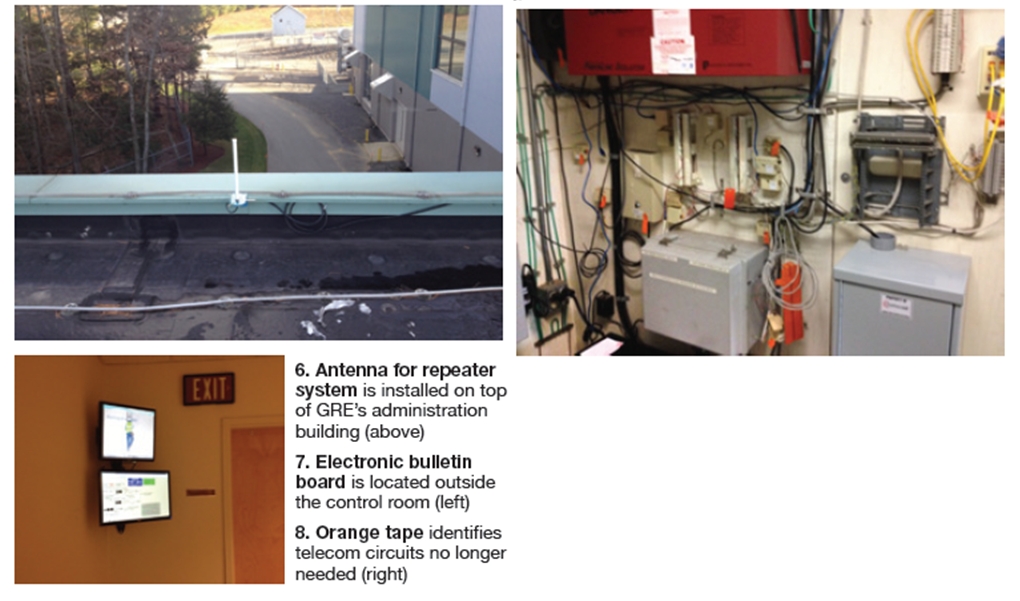
Cell phone repeater project. Like most powerplants, GRE buildings are chiefly of metal construction and, at least in our case, this blocked relatively strong wireless signals from inside the buildings. This created several issues, including contractor management. Example: A foreman trying to coordinate support or get technical questions answered. It also made operations staff overly dependent on our wired infrastructure—susceptible to snow-, wind-, and ice-related storms without backup communications in place.Solution. Work began on several projects including a wireless cell phone repeater system, electronic bulletin board, and communications circuit assessment:
GRE looked at several solutions and found a repeater system that could inject cell tower signal strength inside these “dead-zone” buildings, without tying up any network bandwidth; plus, it is not carrier-specific. By using one antenna, an amplifier, and several repeaters, GRE realized its goal (Figs 5, 6).
Electronic bulletin board. GRE installed and maintains an electronic bulletin board which has two screens, the top screen cycles through a PowerPoint presentation that includes incentive tracking, employee training statistics, health and safety announcements, and upcoming events. This presentation is routinely updated.
The bottom screen has an OSI PI process book which shows real-time plant statistics, minimizing the need to enter the control room on off –the-cuff inquiry needs (Fig 7). This has been received positively by employees and visitors.
Communications lines assessment and coordination. GRE has been commercial since early 2003 witnessing transitions like OEM remote support from direct-dial modems to Internet-based platforms. The need for expensive T1 lines diminishes, in lieu of more cost- effective substitutes.
By assessing the current open telephone lines and making cost-effective changes like moving copper-line phones over to the VOIP system already in place, canceling our bonded T1 for Internet access, and moving to a business cable modem (10 times the bandwidth for one-tenth the cost), and using wireless bridges in place of telephone circuits on short-distance applications, GRE was able to identify about 15 unnecessary telecom circuits, saving the company about $1500 a month in recurring fees (Fig 8).
Results. GRE has been able to improve communications inside and outside of its organization while enjoying immediate return on investment through a multi-pronged approach.
Project participants:
Larry Hawk, plant engineer
Engineered solution to facilitate generator inspections
Challenge. During generator inspections it is necessary to remove selected components for inspection and testing purposes. To remove the upper half of the generator collector-end bearing bracket it is necessary to install rigging and lifting equipment directly overhead to do the job properly. Unfortunately, the area overhead contains the electrical isophase ductwork which has the main leads coming from the generator. This assembly is lightweight (aluminum). The weight of the bracket exceeds the integrity of the ductwork, producing an unsafe condition. As a result, there is no safe way to rig and remove the bracket unless the overhead isophase ductwork is removed.
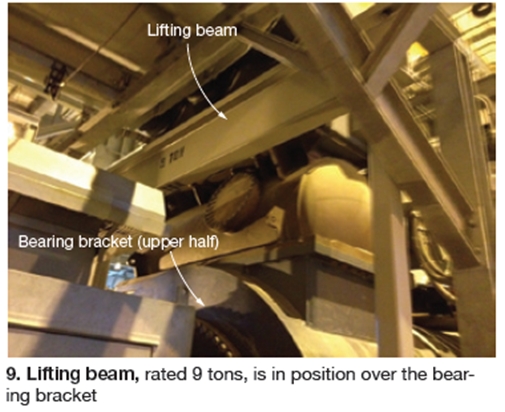
Project participants: Solution. To provide a safe lifting point for bracket removal, the concept of using a lifting or support beam was identified (Fig 9). This beam was engineered so that it could be installed over the bracket area and extends off to the side towards an open area adjacent to the generator itself (Fig 10). This allows the lifted bracket to be positioned away from the generator and onto to the floor below.
Dan Jorgensen, maintenance manager




